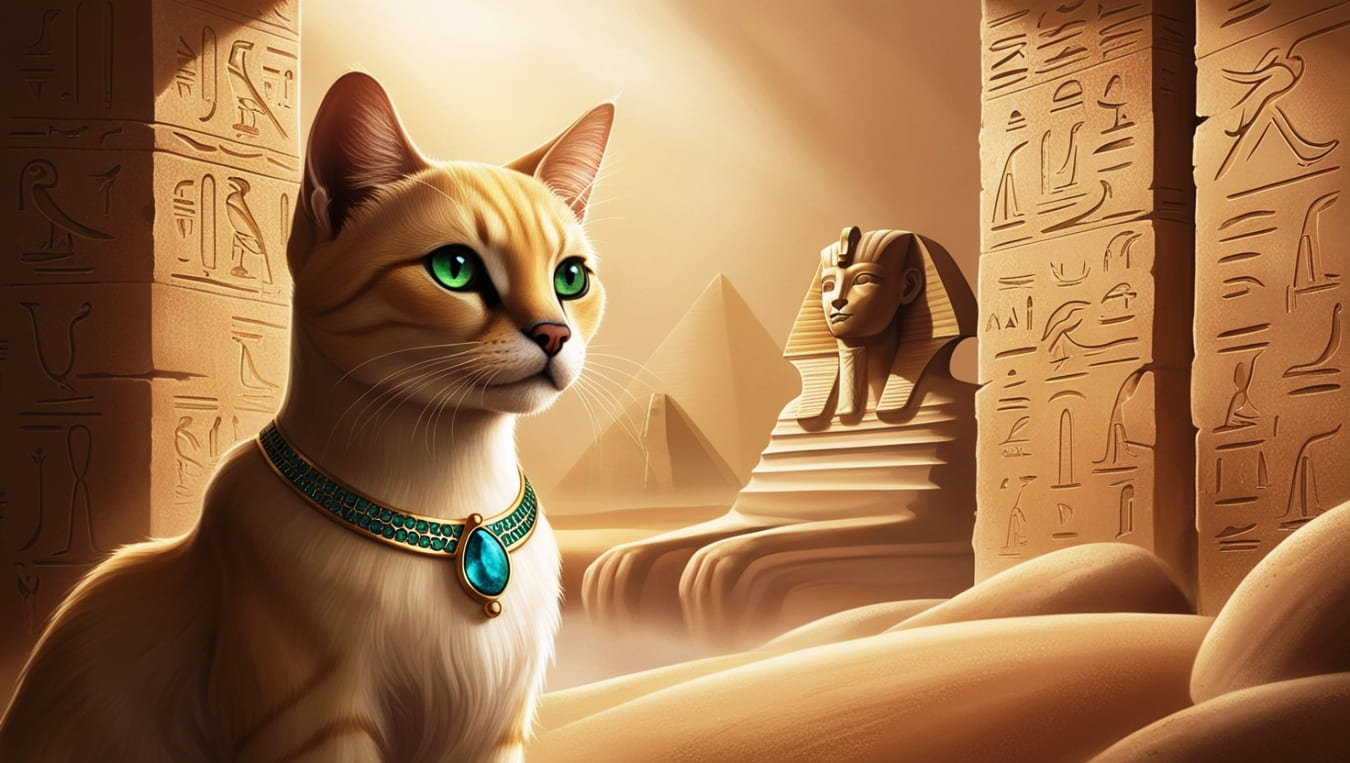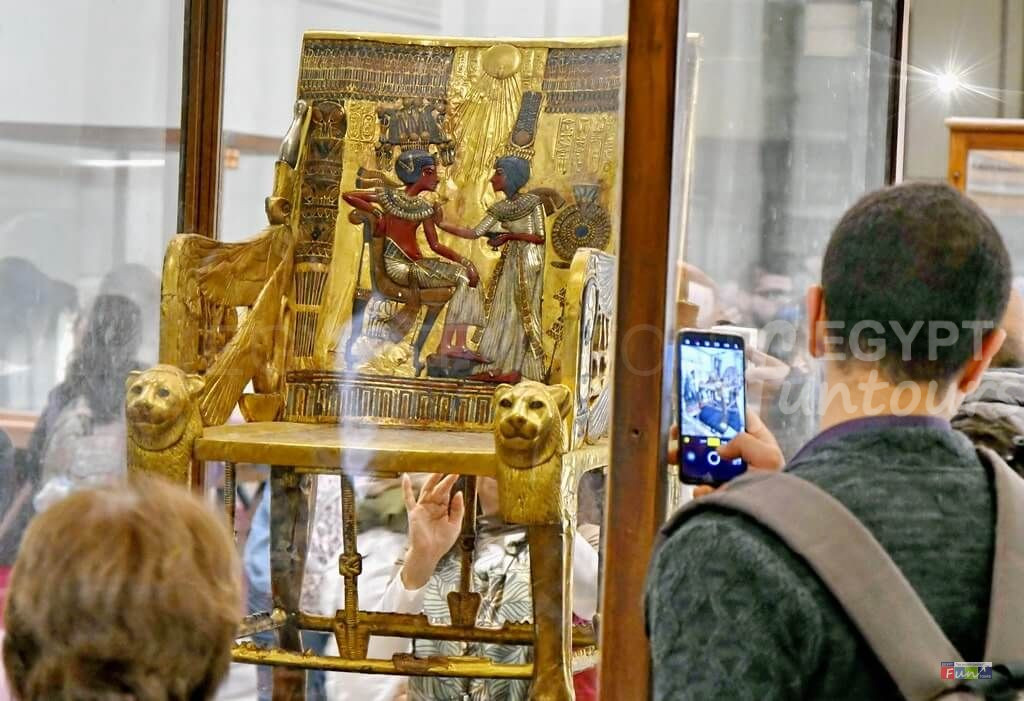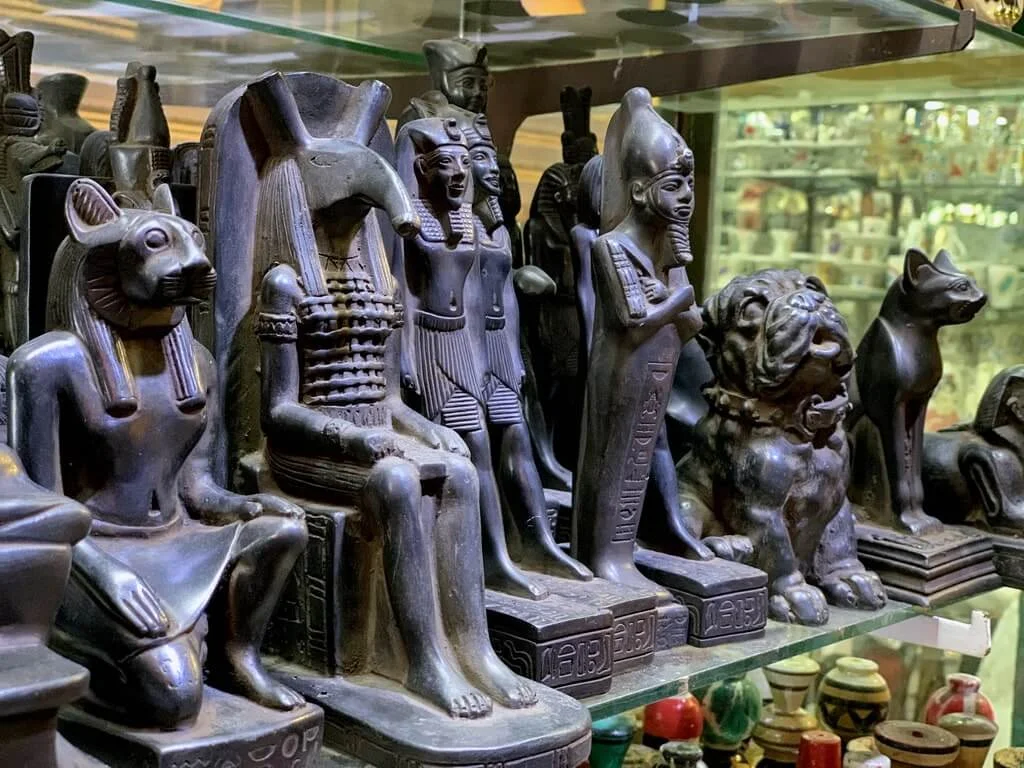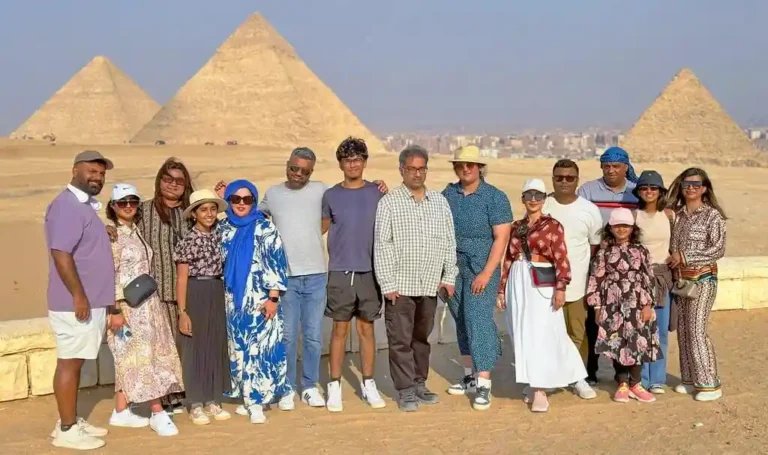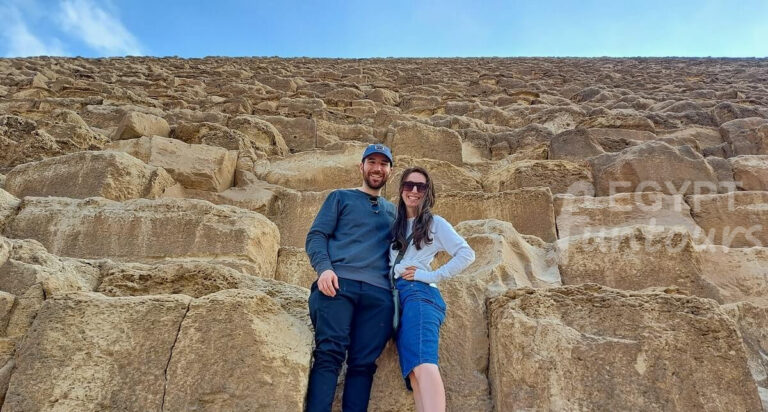Bastet: Cat Goddess of Ancient Egypt
The ancient Egyptian cat goddess Bastet holds a unique and revered place in history. She is one of the most recognizable and beloved deities from ancient Egypt. Known primarily as the Egyptian cat goddess, Bastet embodied protection, fertility, and joy. Her worship spanned thousands of years, leaving an indelible mark on Egyptian culture. For those living in or visiting Egypt, understanding Bastet offers a deeper connection to this incredible civilization. Let’s explore the fascinating story of Bastet, the cat goddess.

